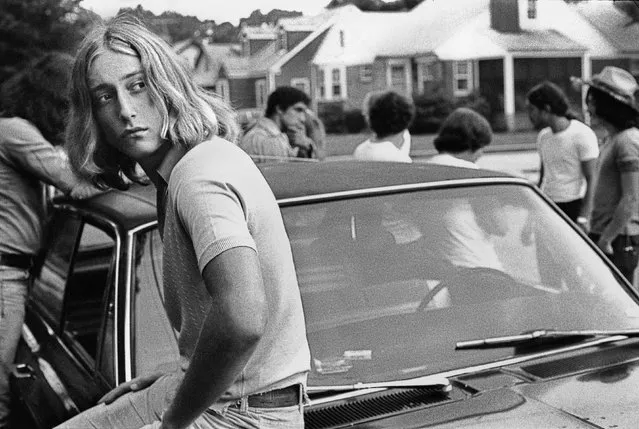
Joseph Szabo was a frustrated high-school teacher in need of inspiration – so he started photographing his students, and captured all the angst and excitement of being caught between childhood and adulthood. Here: “Tom on his Car”, 1977. (Photo by Joseph Szabo/Courtesy of Michael Hoppen Gallery/The Guardian)
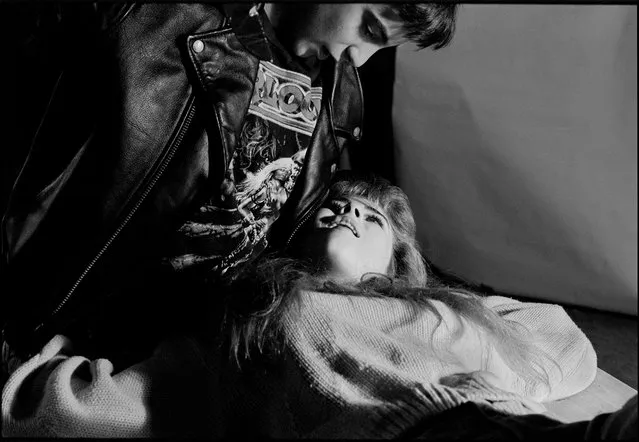
“Anthony & Johanna”. Named “American photography’s best kept secret” by Time magazine, Szabo taught art and photography at Malverne High School on Long Island, while also continuing to learn photography himself at classes in New York. (Photo by Joseph Szabo/Courtesy of Michael Hoppen Gallery/The Guardian)
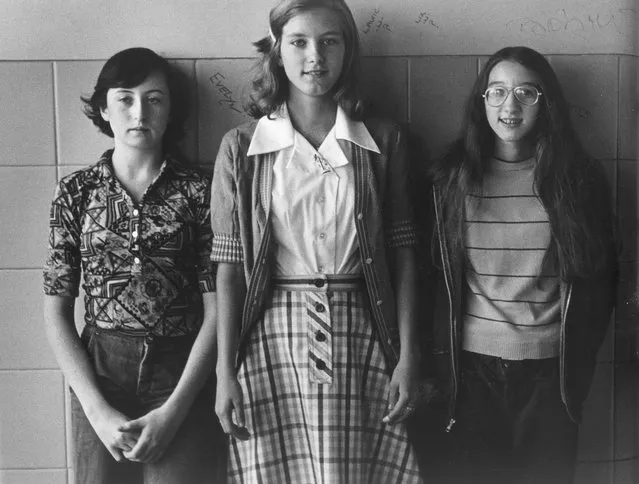
“Three Friends”, 1976. He practised his craft with students at Malverne, capturing the blend of confidence and vulnerability at the heart of our teenage years. (Photo by Joseph Szabo/Courtesy of Michael Hoppen Gallery/The Guardian)
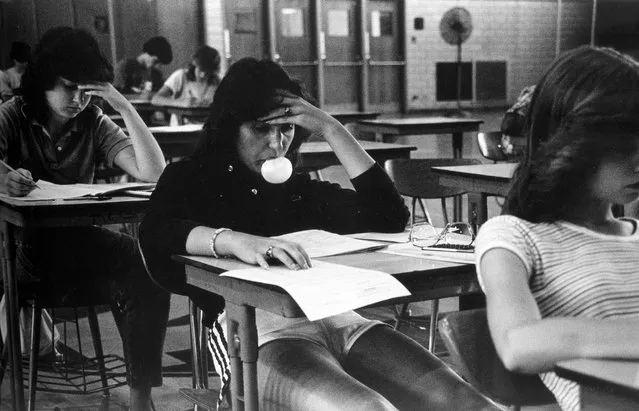
“Bubblegum Girl”, 1984. “Most of the students had no interest or excitement for high school, and I was finding it really difficult to work there”, he once said. “After a couple of months I kind of reached crisis point and I knew something drastic had to change”. (Photo by Joseph Szabo/Courtesy of Michael Hoppen Gallery/The Guardian)
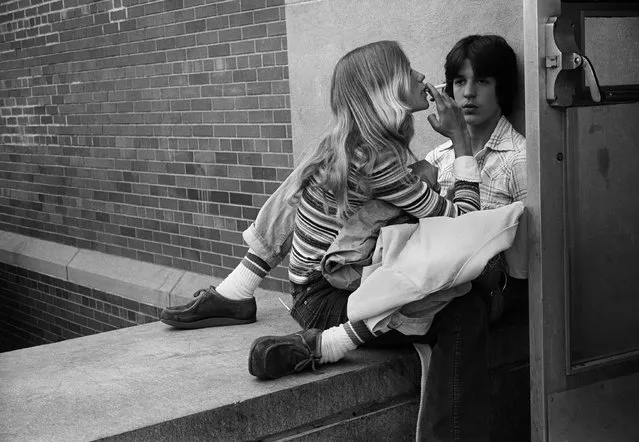
“Anthony & Terry”, 1977. “I decided that if I was going to be there any length of time I would have to make my classes as interesting and fun and exciting as possible, so I brought my camera to class to photograph the students in an attempt to connect with them. And that made all the difference”. (Photo by Joseph Szabo/Courtesy of Michael Hoppen Gallery/The Guardian)
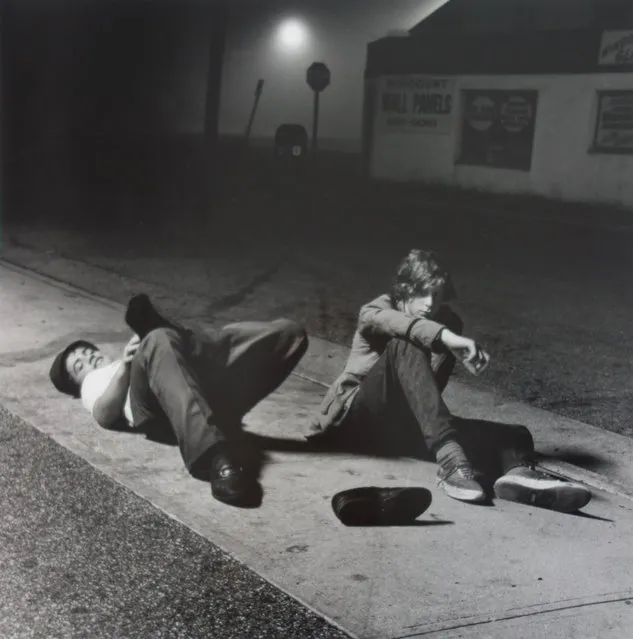
“Night Owls”, 1971. The great photographer Cornell Capa said of Szabo’s work: “His camera is sharp, incisive, and young, matching his subjects. One can use many adjectives: revealing, tender, raucous, s*xy, showy ... in Szabo’s hands, the camera is magically there, the light is always available, the moment is perceived, seen and caught”. (Photo by Joseph Szabo/Courtesy of Michael Hoppen Gallery/The Guardian)
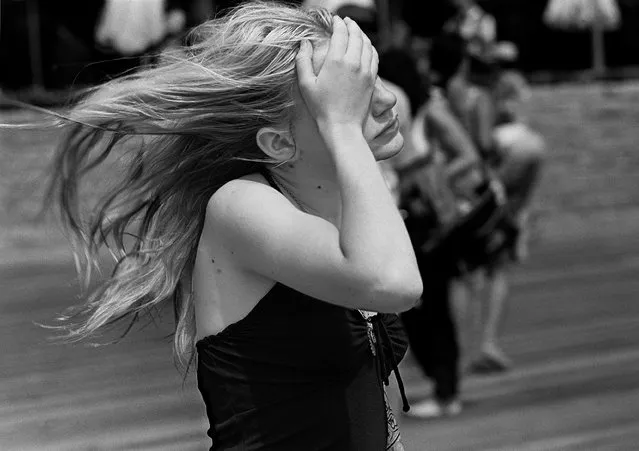
“Hurt”, 1972. His images inspired Sofia Coppola as she was adapting The Virgin Suicides into a film, and Vogue’s creative director Grace Coddington wrote that she was “immediately struck by how unselfconsciously elegant his subjects were. Though sometimes defiant, they have a confidence and a cool aloofness about them. It is a kind of freedom I long to capture in my fashion stories for Vogue”. (Photo by Joseph Szabo/Courtesy of Michael Hoppen Gallery/The Guardian)
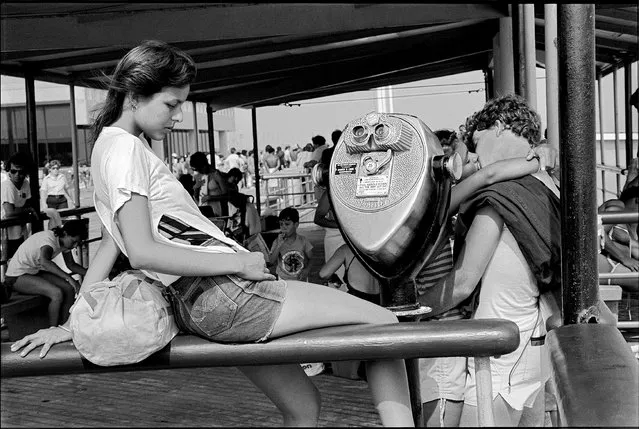
“Jackie at Jones Beach”, Long Island, 1983. Fellow filmmaker Cameron Crowe meanwhile – also fixated on the poignancy of the teenage years – once wrote: “Joseph Szabo knows this well: nothing lasts for ever, except high school”. (Photo by Joseph Szabo/Courtesy of Michael Hoppen Gallery/The Guardian)
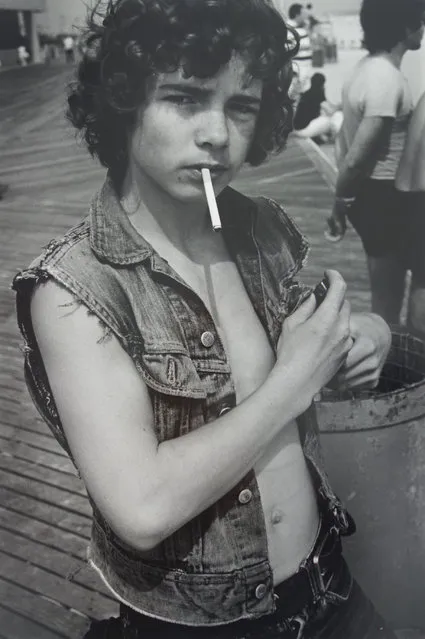
“Charlie”, Jones Beach, 1976. Szabo himself has said: “When I see something that really strikes a chord emotionally within me, I’m not really thinking of that when I’m photographing it. But, I’m just saying to myself, I have an understanding of this, I can’t put it into words, but I feel that I have some kind of understanding. So in that sense it’s autobiographical”. (Photo by Joseph Szabo/Courtesy of Michael Hoppen Gallery/The Guardian)
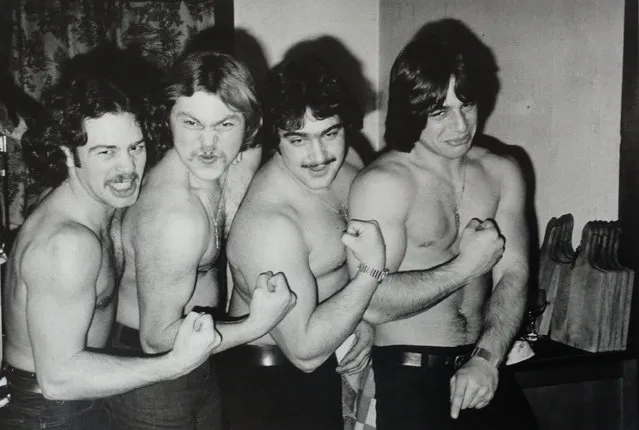
“Tony and the Bar Boys”, 1975. “When (the students) were sad or upset or not quite right with the world, I shared a feeling with them about that. And when they were excited and thrilled I was tuned into that, too. If I ever started to experience burnout, which is common for teachers, I would photograph the students more to stay connected with them. It kept me young. And that was a wonderful thing because by the time I retired the students couldn’t believe that I was going. They just wanted me to continue”. (Photo by Joseph Szabo/Courtesy of Michael Hoppen Gallery/The Guardian)
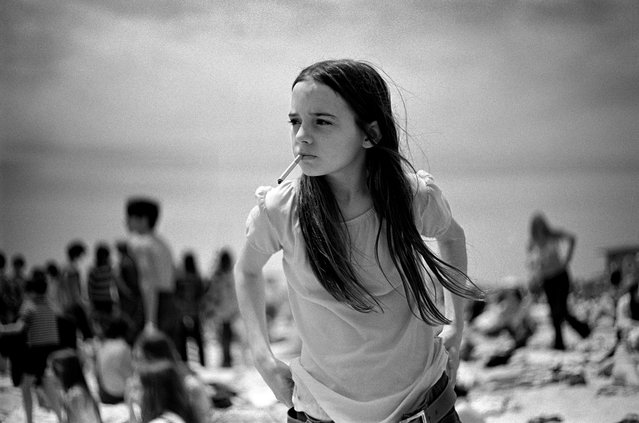
“Priscilla”, 1969. He has described this image as one of his own favourites: “It expresses something about girlhood as well as something about a certain kind of maturity and experience”. It became the cover for Dinosaur Jr’s album Green Mind. (Photo by Joseph Szabo/Courtesy of Michael Hoppen Gallery/The Guardian)
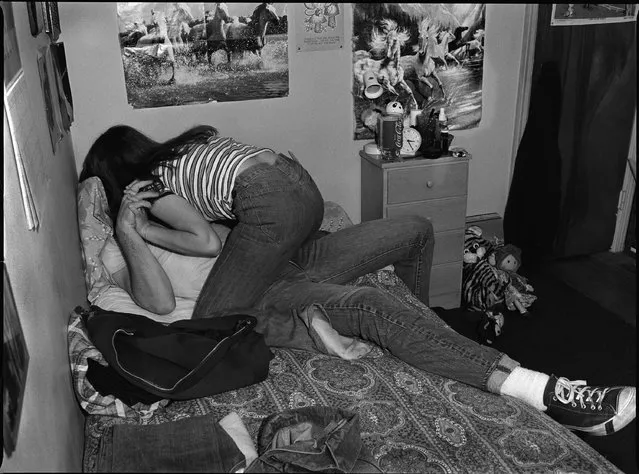
“Wild Horses”, 1979. As well as his teenager images and landscape shots of suburbia, he also create a celebrated series called Rolling Stones Fans, taken at a Stones concert in JFK Stadium. (Photo by Joseph Szabo/Courtesy of Michael Hoppen Gallery/The Guardian)
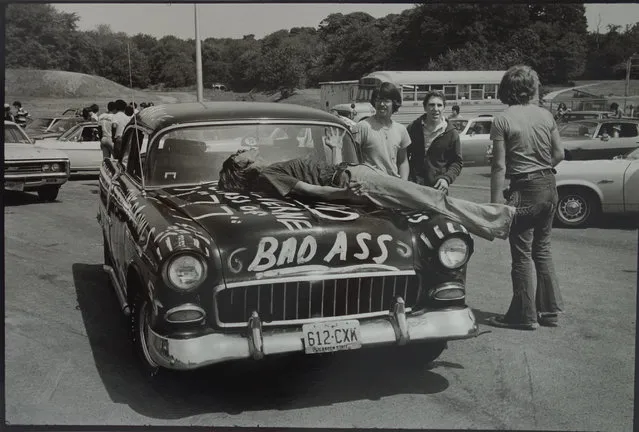
“Bad a*s”, 1977. He retired from Malverne in 1999, but continues to teach at the International Centre of Photography. (Photo by Joseph Szabo/Courtesy of Michael Hoppen Gallery/The Guardian)
16 Apr 2017 11:02:00,
post received
0 comments
